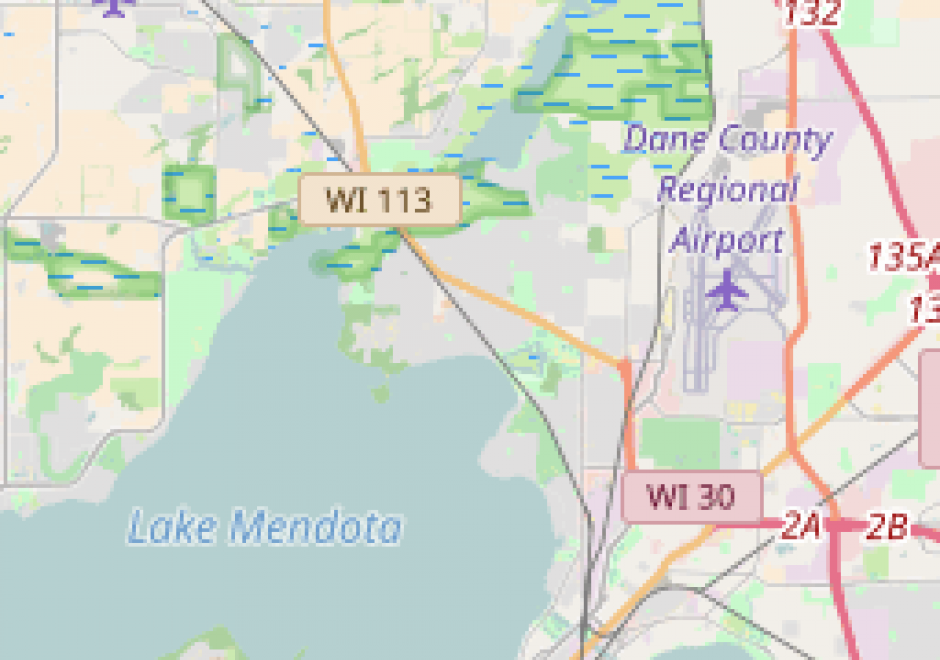CP-14 - Web GIS

Web GIS allows the sharing of GIS data, maps, and spatial processing across private and public computer networks. Understanding web GIS requires learning the roles of client and server machines and the standards and protocols around how they communicate to accomplish tasks. Cloud computing models have allowed web-based GIS operations to be scaled out to handle large jobs, while also enabling the marketing of services on a per-transaction basis.
A variety of toolkits allow the development of GIS-related websites and mobile apps. Some web GIS implementations bring together map layers and GIS services from multiple locations. In web environments, performance and security are two concerns that require heightened attention. App users expect speed, achievable through caching, indexing, and other techniques. Security precautions are necessary to ensure sensitive data is only revealed to authorized viewers.
Many organizations have embraced the web as a way to openly share spatial data at a relatively low cost. Also, the web-enabled expansion of spatial data production by nonexperts (sometimes known as “neogeography”) offers a rich field for alternative mappings and critical study of GIS and society.



CV-07 - Visual Hierarchy, Layout, and Map Elements